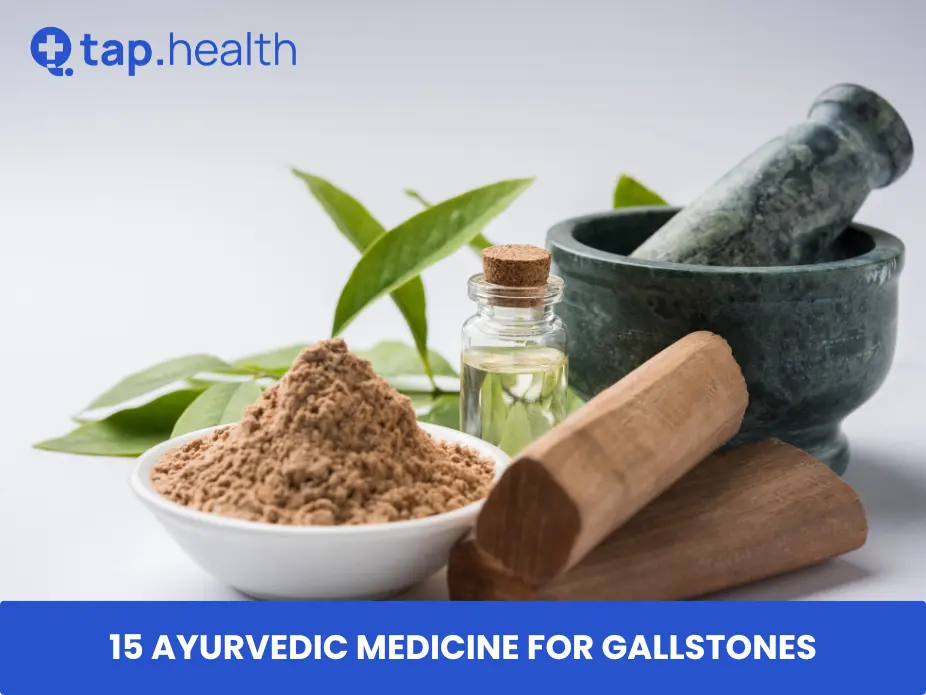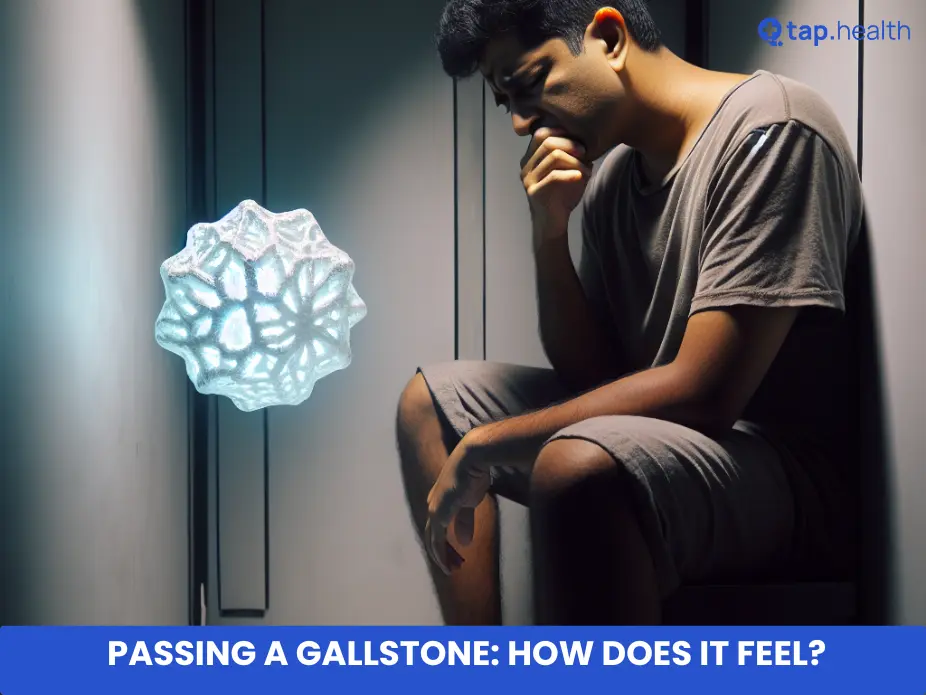Table of Contents
- Mastering Glucagon Injections: A Step-by-Step Guide
- Glucagon Injection Techniques: What You Need to Know
- How to Administer Glucagon Safely and Effectively
- Understanding Glucagon Dosage and Injection Sites
- Troubleshooting Common Glucagon Injection Issues
- Frequently Asked Questions
- References
Living with diabetes can present many challenges, and managing blood sugar levels effectively is paramount. One crucial tool in your diabetes management arsenal is glucagon, a life-saving hormone. Feeling overwhelmed by the thought of Mastering Glucagon Injections: A Comprehensive Guide to Administration? Don’t be! This guide will walk you through everything you need to know, from understanding when and why glucagon is necessary to confidently administering an injection. We’ll demystify the process, making you feel prepared and in control.
Mastering Glucagon Injections: A Step-by-Step Guide
With the global rise in diabetes—a staggering increase from 200 million in 1990 to 830 million in 2022, as reported by the World Health Organization (WHO)—understanding glucagon injections is crucial, especially in regions like India and other tropical countries where diabetes prevalence is significant. This guide provides a clear, step-by-step process for administering glucagon, vital knowledge for caregivers and individuals managing severe hypoglycemia. For additional tips on managing blood sugar levels, you might find 10 Tips for Immediate Blood Sugar Reduction helpful.
Preparing for the Injection
First, wash your hands thoroughly with soap and water. Then, carefully check the expiration date on the glucagon emergency kit. Next, gather the necessary supplies: the glucagon injection kit, a clean surface (e.g., a table), and a small glass of water or juice (for post-injection recovery). Remember to always follow the specific instructions provided with your glucagon kit. Variations in kits exist, so careful reading is essential.
Administering the Injection
Carefully remove the glucagon pen from the protective case. For reconstituted glucagon (requiring mixing), follow the mixing instructions precisely. Then, locate an injection site—the thigh is a common and easily accessible area. Cleanse the area with an alcohol swab. Hold the glucagon pen firmly, insert the needle at a 90-degree angle, and push the plunger completely to deliver the injection.
Post-Injection Care
After the injection, gently massage the injection site. Help the individual drink the prepared liquid to help their blood sugar levels recover. Monitor their condition closely, noting any changes. Seek immediate medical attention if they do not regain consciousness within 15 minutes. In tropical climates, consider the impact of heat on recovery and stay vigilant. Knowing where to access immediate medical care in your area is crucial. Managing conditions like high triglycerides can also be important for overall health; learn more with Nutritional Strategies for Lowering Triglycerides.
Conclusion
Mastering glucagon injections is a life-saving skill, particularly relevant in the context of rising diabetes rates in India and other tropical countries. Regular practice and understanding the steps outlined above can significantly improve preparedness and response during a hypoglycemic emergency. Ensure you have a glucagon kit readily available at home and in any frequently visited locations.
Glucagon Injection Techniques: What You Need to Know
Managing diabetes effectively is crucial, especially in regions like India and other tropical countries where the prevalence of high blood sugar is significant. Over 30% of diabetes patients report HbA1c levels above 9%, highlighting the need for readily available and easily administered emergency treatments like glucagon. Understanding glucagon injection techniques is therefore paramount.
Preparing for the Injection
Before administering glucagon, ensure you have the necessary supplies: the glucagon injection kit, a sterile needle, alcohol swabs, and a sharps container for safe disposal. Carefully check the expiration date on the glucagon vial and follow the manufacturer’s instructions meticulously. This is especially critical in warmer climates where medication degradation can be faster.
Administering the Injection
Generally, glucagon is injected intramuscularly (into the muscle) or subcutaneously (under the skin). The most common site for intramuscular injection is the thigh. Clean the injection site with an alcohol swab. Prepare the glucagon according to the kit instructions, often involving mixing the powder with a liquid solvent. Insert the needle at a 90-degree angle for intramuscular injections, or a 45-degree angle for subcutaneous injections. Inject the glucagon slowly and steadily. After injection, gently massage the injection site.
Post-Injection Care
After administering the glucagon, monitor the individual closely. They might experience nausea or vomiting. Ensure they are positioned to prevent choking. Once the individual has regained consciousness and is stable, seek immediate medical attention. In tropical climates, ensure proper hydration due to potential fluid loss from vomiting. Managing blood sugar levels effectively is key, and you might find information on Cooking Techniques to Lower Glycemic Impact helpful in your overall diabetes management plan.
Seeking Further Assistance
For detailed instructions specific to your glucagon kit, refer to the manufacturer’s package insert. Consult with your doctor or local healthcare provider in India or your tropical region for personalized advice on glucagon administration and managing your diabetes effectively. Proper training and understanding can ensure timely and effective treatment in case of severe hypoglycemia. If you are considering supplemental treatments, you may want to research Is Glucocil Safe for Type 2 Diabetes? to make informed decisions.
How to Administer Glucagon Safely and Effectively
Managing blood sugar levels is crucial, especially in regions like India and other tropical countries where diabetes prevalence is high. Understanding how to administer glucagon is vital for individuals with diabetes or those at risk, particularly those with prediabetes (5.7%–6.4% HbA1c) or diabetes (6.5% or higher HbA1c). Glucagon injections are a lifesaver in cases of severe hypoglycemia (low blood sugar), a condition that can lead to serious complications. Knowing what constitutes a normal blood sugar level is also important; you can learn more by reading our blog on Is an 85 Sugar Level Normal? Understanding Healthy Blood Glucose.
Understanding Glucagon Administration
Glucagon works by stimulating the liver to release stored glucose, raising blood sugar levels quickly. Proper injection technique is crucial. It’s usually administered intramuscularly (into the muscle) or subcutaneously (under the skin) – your doctor will advise the best method for you. Always follow your doctor’s instructions precisely, paying close attention to dosage. Many people find the thigh or upper arm convenient injection sites.
Practical Tips for Glucagon Injection
* Clean the injection site with an antiseptic wipe before injecting.
* Ensure the glucagon is properly mixed before drawing it up into the syringe if necessary.
* Inject firmly and steadily.
* Monitor the individual’s blood sugar levels after administration. If blood sugar remains low or symptoms persist, seek immediate medical attention. Consider carrying a glucagon emergency kit with you at all times, especially when traveling or engaging in physical activity.
Seeking Support in India and Tropical Countries
Access to quality healthcare and diabetes management resources is paramount. In India and other tropical countries, connect with local diabetes specialists and support groups for personalized guidance on glucagon administration and overall diabetes management. Regular check-ups and proactive management are key to preventing severe hypoglycemic episodes. Don’t hesitate to ask questions and seek clarification from your healthcare provider. It’s also important to be aware of how other medications might interact with your diabetes treatment. For example, you might find our article on Does Lexapro Affect Diabetic Medicine? Impacts, Risks & Management Tips helpful.
Understanding Glucagon Dosage and Injection Sites
Correct Glucagon Dosage
Mastering glucagon injections requires understanding correct dosage. This is crucial, especially considering that 50% of diabetes cases worldwide remain undiagnosed, according to the International Diabetes Federation. Dosage will vary depending on the individual’s weight and the specific glucagon emergency kit. Always follow the instructions provided with your kit meticulously. Incorrect dosage can lead to ineffective treatment or adverse effects. In India and tropical countries, access to healthcare might be variable; hence, accurate self-administration is paramount. It’s essential to practice administering the injection under the supervision of a healthcare professional before needing it in an emergency. Maintaining healthy blood sugar levels is crucial in preventing emergencies that may require glucagon.
Ideal Injection Sites
The most common and effective injection sites for glucagon are the thigh and the buttock. These areas have ample muscle mass, ensuring proper absorption of the medication. For individuals in Indian and tropical climates, consider the temperature and clothing when choosing an injection site. Avoid areas with excessive sun exposure or clothing that might hinder proper absorption. The injection should be given into the muscle, not under the skin. If administering to a child or someone with limited mobility, seek assistance from a trained individual.
Regional Considerations
In many Indian and tropical countries, heat and humidity can affect medication stability. Always store glucagon according to the manufacturer’s recommendations to maintain its efficacy. Furthermore, language barriers or limited access to healthcare resources may require additional preparation and training in glucagon administration. Consider having a family member or caregiver trained in this process to ensure timely and effective intervention during emergencies. The importance of proper training and readily available information cannot be overstated, particularly in regions with high rates of undiagnosed diabetes.
Troubleshooting Common Glucagon Injection Issues
Injection Site Reactions
Experiencing redness, swelling, or itching at the glucagon injection site is common. These reactions are usually mild and temporary. However, in hotter, more humid climates prevalent in many Indian and tropical countries, these reactions might be slightly more pronounced due to increased sweating and skin sensitivity. Applying a cool compress can help alleviate discomfort. If the reaction is severe or persistent, consult your doctor immediately.
Difficulty Injecting
Glucagon injections can sometimes be challenging, particularly for individuals with limited dexterity. Practicing the injection technique with a healthcare professional is crucial, especially in regions with limited access to advanced medical care. Ensure the needle is properly inserted at a 90-degree angle to minimize discomfort and ensure effective drug delivery. Remember, proper technique is paramount in preventing complications, particularly important given the high prevalence of conditions like diabetic foot ulcers—nearly 15% of diabetics experience these potentially debilitating ulcers in their lifetime.
Dosage and Storage
Incorrect dosage or improper storage of glucagon can impact its effectiveness. Always follow the instructions provided by your doctor or pharmacist carefully. In tropical climates with fluctuating temperatures, maintaining the correct storage temperature is critical. Consult your doctor or pharmacist on the best storage methods for your region to prevent degradation of the medication. Remember, managing diabetes effectively is crucial in reducing the risk of serious complications, including amputations often associated with neglected foot ulcers. For information on consulting a healthcare professional about other medications, you might find the article on Consulting a Healthcare Professional for Aceclofenac and Paracetamol – Tap Health helpful.
Unforeseen Issues
If you experience any unexpected reactions or complications after a glucagon injection, such as severe allergic reactions or persistent hypoglycemia, seek immediate medical attention. The prevalence of diabetes-related complications highlights the necessity of prompt medical intervention. Early diagnosis and treatment are vital in managing these conditions effectively. While this article focuses on glucagon, understanding other health conditions is important. For example, learn more about Alkaptonuria Disease: Symptoms, Causes and Treatment.
Frequently Asked Questions on Glucagon Injections
Q1. What is glucagon and why is it important to know how to administer it?
Glucagon is a medication used to treat severe low blood sugar (hypoglycemia), a serious complication of diabetes. Knowing how to administer it can be lifesaving.
Q2. How do I administer a glucagon injection?
Preparation involves handwashing and checking the expiration date. The injection can be given intramuscularly (into the thigh or buttock) or subcutaneously, following the instructions provided with your glucagon kit.
Q3. What should I do after administering glucagon?
Monitor the person receiving the injection. Offer fluids. Seek immediate medical attention if they don’t regain consciousness within 15 minutes.
Q4. What are some common challenges with glucagon injection and how can I address them?
Common issues include injection site reactions and difficulty with the injection technique. Professional training and consultation can help improve injection technique and address concerns.
Q5. How should I store glucagon, especially in hot climates?
Proper storage is crucial, particularly in warm environments. Always refer to the medication’s label and any accompanying instructions for specific storage guidelines to maintain its effectiveness.
References
- A Practical Guide to Integrated Type 2 Diabetes Care: https://www.hse.ie/eng/services/list/2/primarycare/east-coast-diabetes-service/management-of-type-2-diabetes/diabetes-and-pregnancy/icgp-guide-to-integrated-type-2.pdf
- Diabetes Mellitus: Understanding the Disease, Its Diagnosis, and Management Strategies in Present Scenario: https://www.ajol.info/index.php/ajbr/article/view/283152/266731



